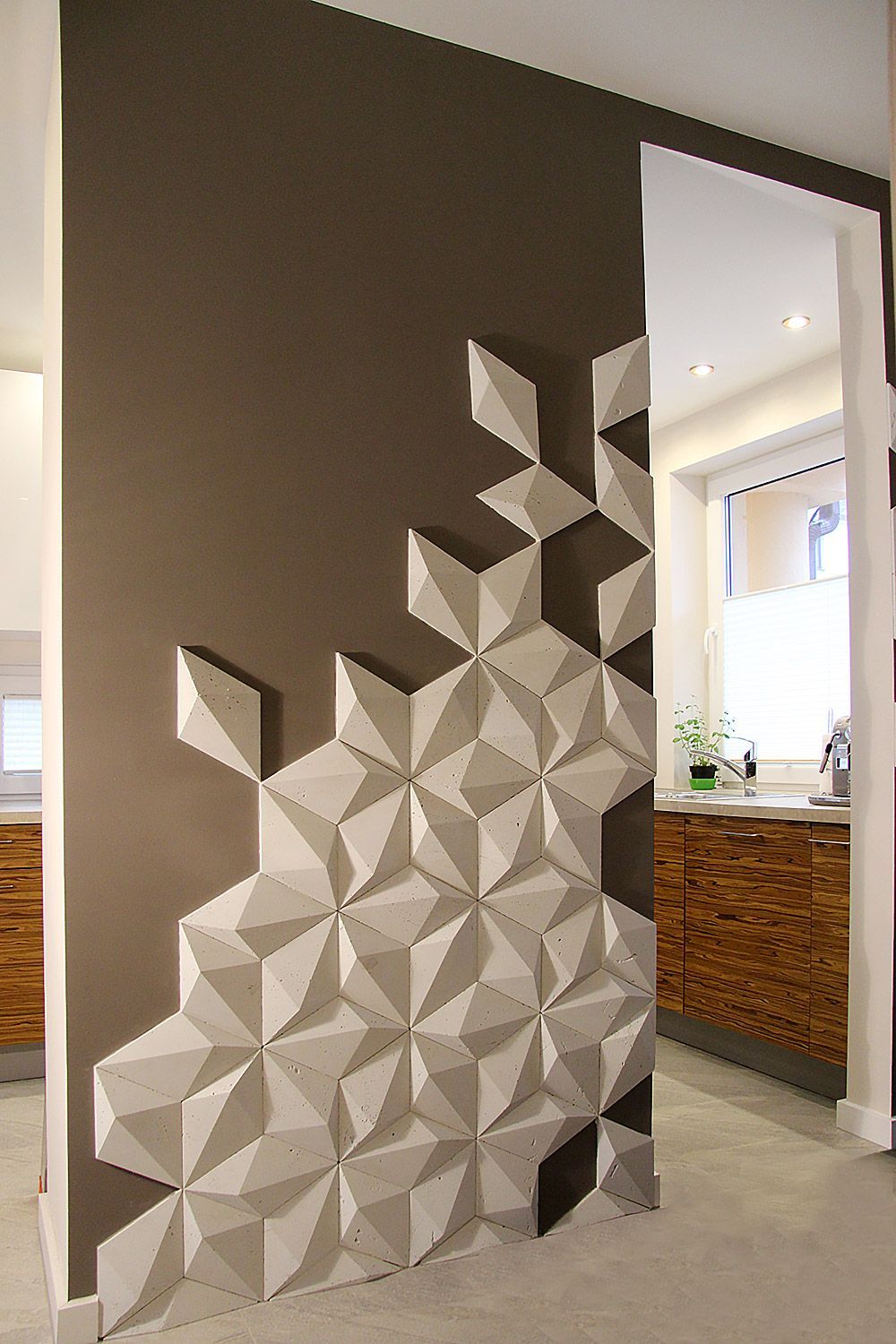Therefore you have to install hardibacker on the areas exposed to water and seal the joints by using thinset and paper tape.
Tiling internal wall corners.
Step 4 applying adhesive.
If you have to install full tiles along the internal corners we recommend you to spread tile adhesive directly to the wall by using a large notched trowel.
Use your tile cutter to score the lines and carefully tap the corner tile or use a wet saw to cut it out.
Measure the areas to be installed with tile trim and then them measure again to be 100 sure.
Depending on the type of tile you are using check with the manufacturer s instructions for how to apply the thin set and set the tile.
After tile to fill stitches how use to tile joint filler corners and surfaces finishing tile joints confuse the mass of small amounts and are working with t.
Next sand the joints as to make them level with the rest of the wall otherwise the tiles wouldn t be plumb.
Press the tile against the wall with the cut side facing the corner and the other edge next to the last full tile in the course.
Mark your cut lines on the top of the tile with a felt tip pen when you are ready to fit your tile to your inside corner.
Using a hacksaw or trim cutter cut the trim at a 45 angle at wall edges and bases and ensure that each portion fits together at a 90 angle.
Plan the installation of your tile trim alongside the installation of your tiles.
Space the two tiles consistent with the rest of the tiles generally 1 8 inch which will leave a 1 4 inch space at the corner.
Place all the whole tiles on both walls either side of the corner.
Apply mortar to the back of the tile with the notched trowel.
Then do a dry fit to the corner making sure you leave.
Measure and cut a tile to fit the width of the gap to be filled.
Butter the back with adhesive and press it into place with the cut edge facing into the corner.

